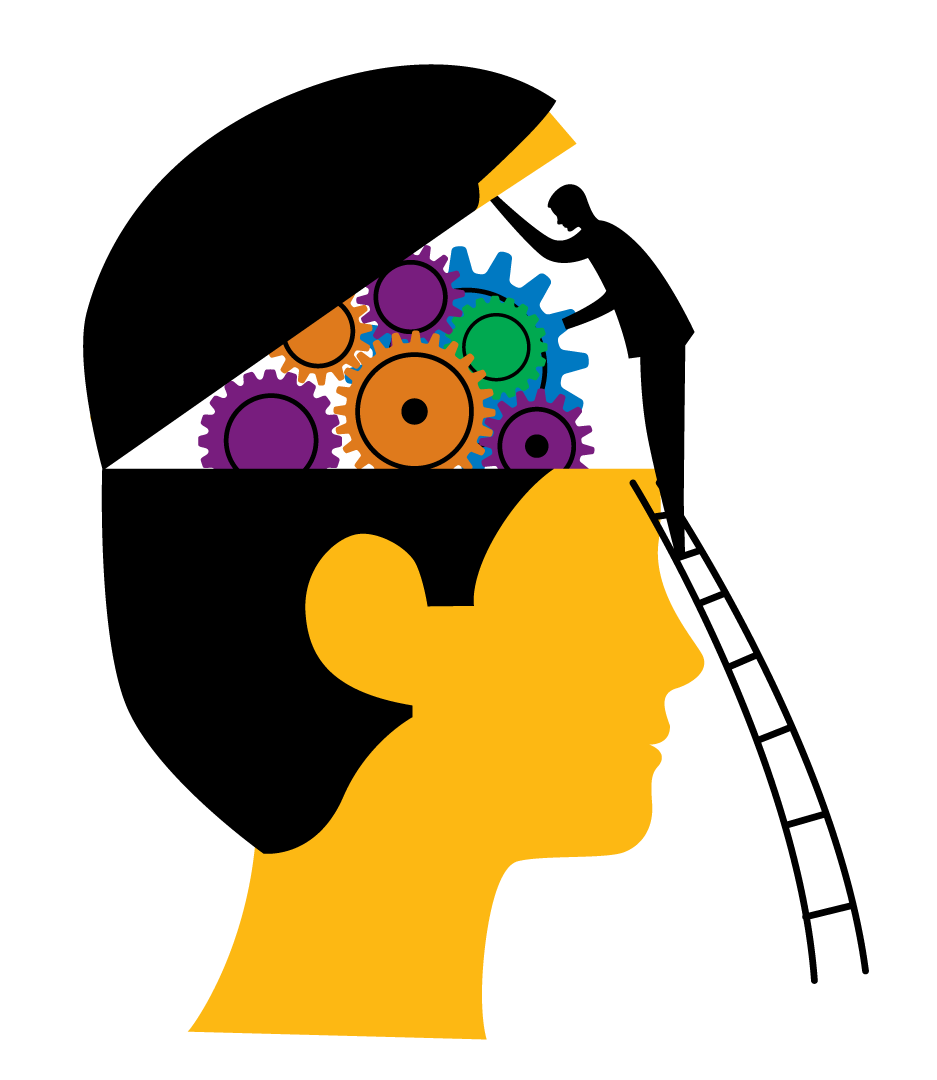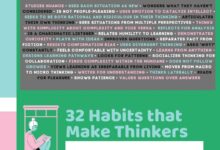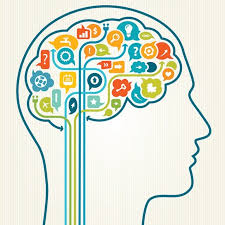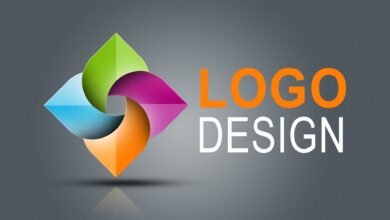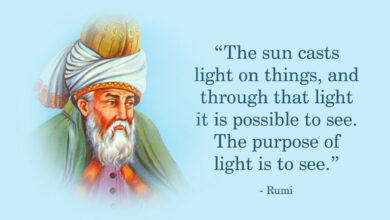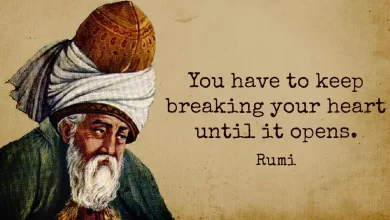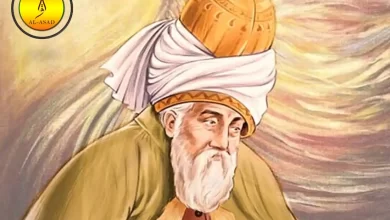
THE PARTS of you that AREN’T “I”
THE PARTS
of you that
AREN’T “I”
Let’s pretend for a moment that we pulled apart all of your organs and laid them on a table.
Feel your heartbeat; imagine it outside of you. You would not look at your heart and think: “That is me.” You think: “That is my heart.”
Now feel your breath. Feel it in tandem with your heartbeat, neither of which you are often conscious of, both of which are in constant motion. You do not say, “I am my breath.” You say: “I am breathing.”
Think about your liver. And your kidneys. Think about your bones and your blood. Think about your legs and your fingers and your hair and your brain. You see them objectively. They’re just parts. They’re ultimately (mostly) removable and replaceable and they’re all entirely temporary. You don’t think of them and see “I.” You think of them and you see things. If you pulled them apart, they’d just be compilations of cells. You don’t see them and think: “That’s me!” You think: “Those are mine.”
Why is it any different when we compile and attach them?
There is a concentration of energy, of heavy presentness, in your chest and throat and maybe a little in your head. It is centered. You don’t feel yourself in your legs. You don’t have emotions in your arms. It’s at the core.
In that same space coexist the organs we don’t identify with and the energy we do. If we removed the latter, what would be left? What would be there? What exists when you don’t?
Have you ever sat in that? Have you ever sat with that? Have you ever felt each part of your body and realized the parts are not “I?” Have you ever felt the presentness that is somehow livened when attached? Have you ever identified the difference between what you call yours and what you call yourself?
Knowing who you are is grounding; it gives you a sense of trajectory. But when we assign words and meanings to what we know we like and value and want, we create attachments. We then strive to keep things within the parameters of which we’ve already accepted. Out of that, we create failure. We create suffering over self. We begin to believe that a static idea can represent a dynamic, evolving being. The ways we don’t live up to the ideas in our minds become our greatest grievances.
I think sometimes we get attached to the structures because we don’t like the contents. We’re more invested in how we’re perceived than who we are, in the idea of what the title means than the day-to-day work of the job, in the “do you promise to love me forever?” than the actual day-to-day loving. This is to say: We’re more comforted by ideas of what things are as opposed to what they really are. We like to think of ourselves as bodies because that doesn’t leave us with the open-ended “what else.”
But what if the “what else” isn’t the end-thought, but the beginning? What if awareness of it frees us of so many things, quells so many thoughts, balms so many aches? What if healing yourself is not fixing an attitude, not changing an opinion, not altering an aesthetic, but shifting a
presence, an awareness, an energy?
In this case, fixing the parts does not heal the whole.
The only thing that changes you and your life is the awareness of the parts that are not “I.” It is the whole, it is where you end up, it is where you began, it is the one thing, the only thing, that shifts, and raises, and facilitates the spark of awareness that made you question the elements of its vessel.
I’m not really asking you to consider the theories. I’m just asking whether or not you feel it.

